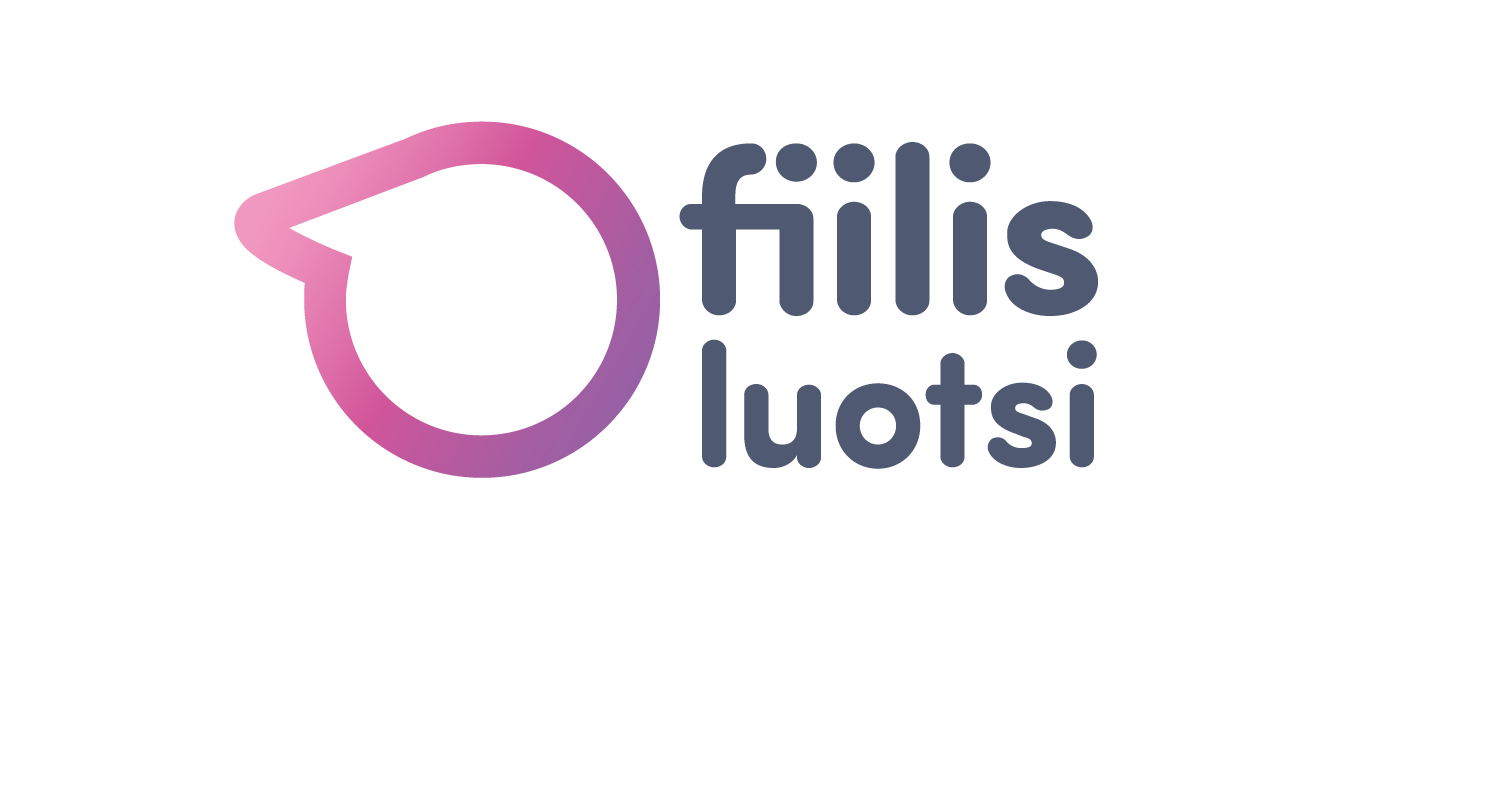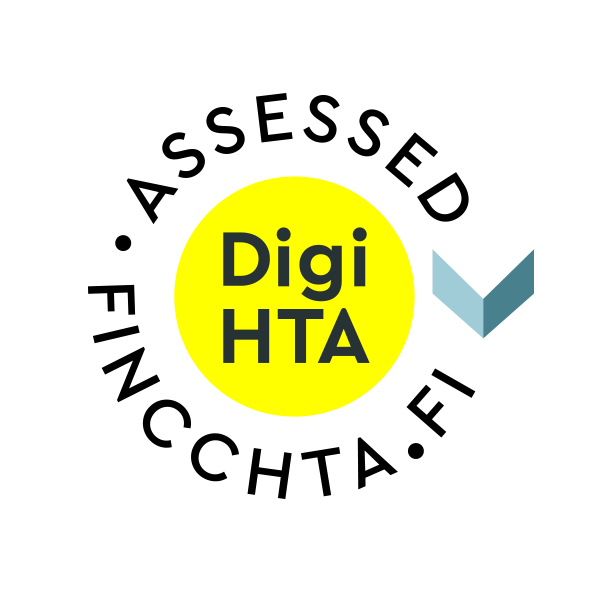MoodPilot is a digital tool, the aim of which, according to the company, is to support the well-being and everyday life of the client comprehensively and in a client-centred manner, thus reducing the need for professionals to interpret their clients’ emotions. The objective of the product is the efficient and focused use of resources according to the client’s individual needs and situations. Another goal is to benefit financially from the reduction in the number of meetings. The MoodPilot application can be used to support work in the wellbeing, disability, social services, and healthcare fields, as well as student welfare. [1]
MoodPilot for customers
Customers use MoodPilot under the guidance of a social services and health care professional and have the choice of three user interfaces: young people, adults, senior citizens.
The user interfaces for young people and adults are suitable for quickly logging emotions and situations relating to emotions. A client can use the application to write about their affairs like in a diary and choose whether a professional can see their entries.
The user interface for senior citizens is more like a picture journal, in which an elderly client writes down daily events, how they have gone, the support they have received, and their emotions.
The monitoring information is visible to the client as a visual diagram and helps them identify and remember emotions, the daily events, how they have gone, and the support received. A professional may use the monitored information to assess the client’s need for care or support.
All client interfaces have a link and telephone number menu of various help providers to contact if necessary. The client may also send a contact request to a professional via the app. [1]
Research evidence relating to the product under evaluation
MoodPilot has been tested in various projects and testing efforts with user groups of professionals, young people, adults recovering from mental illness, and senior citizens alike. These test subject groups have varied in size from 5 to 19 users. The tests have requested feedback on, among other things, usability, applicability as a tool, recording of emotions, and the diary features. The product has been perceived to be, for the most part, easy to use and clear. No evidence has arisen in the tests that the manufacturer’s objectives for the product have been met. [1]
Literature reviews
Most of the research concerning mood monitoring applications has focused on designing a new system or monitoring mood in the context of the treatment of mental health disorders.
Research into the use of mobile applications has mainly focused on children, young people, and adults. According to the studies, the primary motivations to use mood monitoring applications are challenging life situations or changes in one’s own mental health.
The client’s goal is to improve their own situation. The use of such an app has been found to increase self-knowledge and emotional regulation, to reduce depressive symptoms and stress, and to help improve and promote well-being. Entering information in the application has been of help in remembering previous emotional or mood experiences and in understanding what has happened. Positive feelings were recorded more readily than negative ones. [2.3, 4.5, 6] Reducing memory stress is important for people with depressive or anxiety symptoms that limit working memory function. [4]. Overall, users also enjoyed features that allowed them to visualise their emotions and moods in numbers or graphs to detect trends [2].
However, the results of the studies cannot be generalised, as research in mobile applications has mainly been short-term, sample sizes are small, and there has been insufficient reporting of demographic data, such as gender and age. Long-term monitoring of the use of mobile applications is lacking and few control groups had been used in their pilot studies. [2-6]
Research literature on the use of mood monitoring systems for senior citizens was found to be sparse. The systematic literature review examined mobile health applications for the elderly and also found that the sample sizes of the tests found had been small and that more research was needed. However, the outcome of this literature review was that mobile applications are also needed for senior citizens and can potentially contribute to the physical and mental well-being of the elderly. [7]
Based on the literature review, no impact could be found to support the contention that a mood monitoring system such as MoodPilot comprehensively supports the client’s well-being or everyday life, or reduces the need for social and health care services assistance. However, the results are promising. [2-7]
Improved accessibility, equal treatment, the availability of immediate support, anonymity, tailored content, lower costs, and increased service capacity and efficiency are some of the benefits of mHealth applications in the wellbeing, social and healthcare sectors. Mobile apps are almost always available to users and can be used anywhere and in virtually any environment. Using a mobile app is thought to be more suitable for young people in particular than documenting on paper. [3] The use of a mood monitoring mobile app may increase the likelihood a person will seek help, especially if it allows them to contact healthcare professionals or gather contact information on aid providers [5.6].


